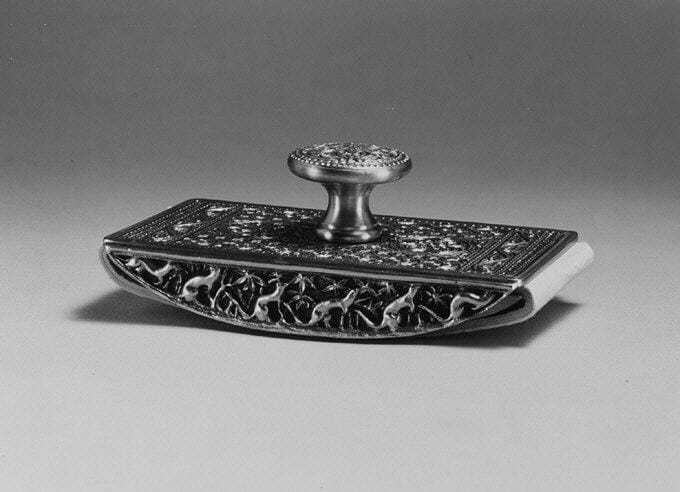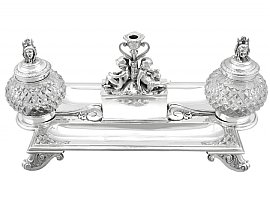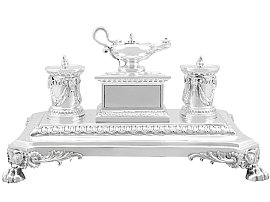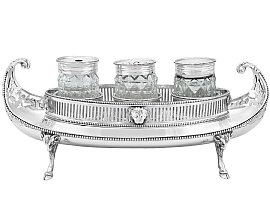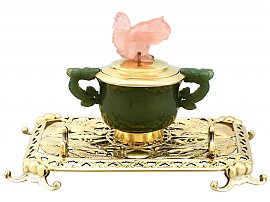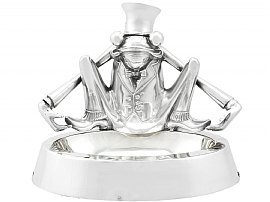Ink Blotter History
History of the Ink Blotter
Since there has been ink there has been a process of blotting. There is evidence that in 400,000BC that sand and clay would be combined with the sun’s heat to dry and fix ink. Later on from this the use of pigment sprinkled with pound would eliminate a degree of smudging to the ink, and the use of pounce was used through medieval times, and this continued as an economical alternative in the 18th century to sprinkling the page with salt.
In the early 19th century hand blotters were favoured, with the base being lined with felt. Within the middle of the 19th century the felt liner was replaced with a paper alternative, crafted from fibres of cotton, flax seed and rice to aid absorbency.
From the mid 20th century the fountain pen lost favour with the introduction of the ballpoint pen. This fast-drying and cleaner alternative became the cheap writing implement that required no further accessories.
What Is an Ink Blotter
Blotting paper is a textured thick paper used to absorb excess ink when writing with a fountain pen. Before blotting paper was produced the user would sprinkle salt over the freshly written text, increasing the speed of the drying process.
Whilst blotting paper can be merely pressed to the page there are many who favour a handheld rocking device. This device is comprised of a curvilinear base with a handle; sterling silver examples were utilised to complete the ornamental nature of the office environment in addition to a declaration of wealth.
